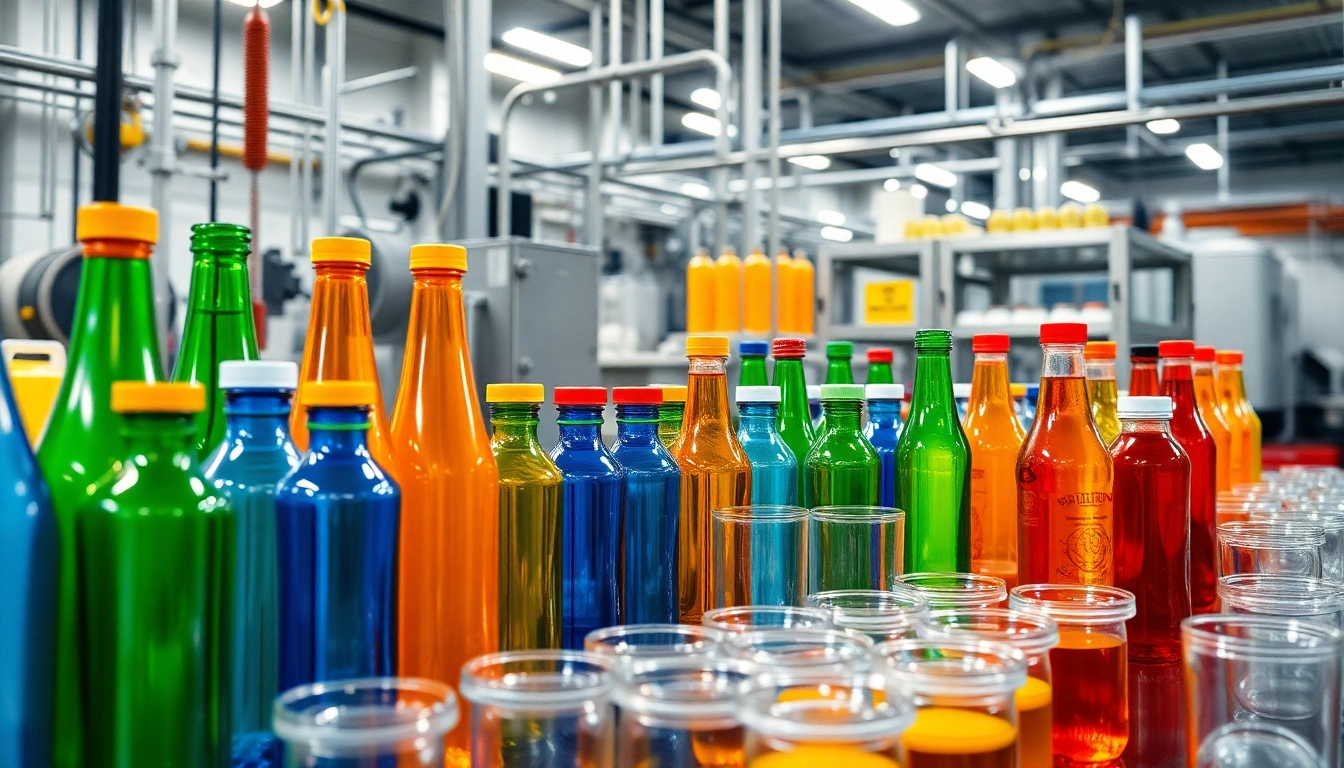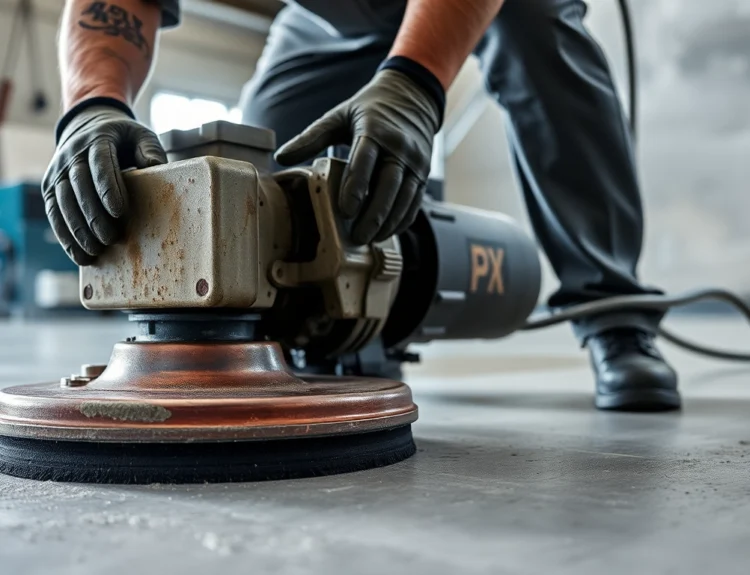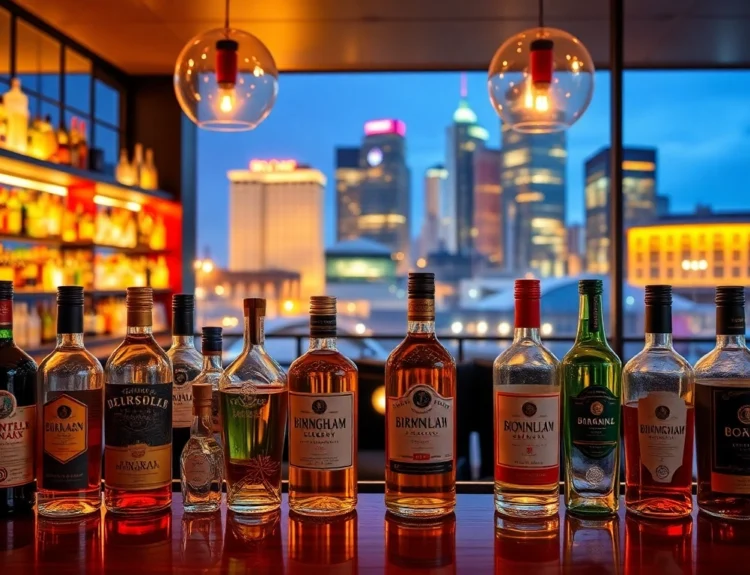Understanding Plastic Şişe Types and Materials
Plastic bottles, or plastik şişe, have become integral to packaging across industries—from beverages and pharmaceuticals to household cleaning products. Their versatility, lightweight nature, and cost-effectiveness make them a preferred choice for manufacturers worldwide. However, selecting the appropriate material type and understanding their properties are crucial for producing durable, safe, and environmentally responsible bottles.
Advantages of Different Plastic Types for Şişe Manufacturing
Common plastics used in bottle manufacturing include PET (Polyethylene Terephthalate), HDPE (High-Density Polyethylene), LDPE (Low-Density Polyethylene), and PVC (Polyvinyl Chloride). PET is renowned for its clarity, strength, and recyclability, making it ideal for beverage bottles. HDPE, with its robustness and resistance to impact, is often used for cleaning products and chemicals. LDPE offers flexibility, suitable for squeeze bottles, while PVC finds niche applications despite environmental concerns.
How Material Choice Affects Durability and Safety
The choice of plastic directly influences a bottle’s lifespan, resistance to external factors, and safety profile. For instance, PET bottles exhibit excellent tensile strength and chemical resistance, ensuring product integrity during transportation and storage. Conversely, using inferior plastics may lead to cracking, deformation, or leaching of harmful substances, compromising safety. Proper material selection also ensures compliance with health regulations, safeguarding consumer trust.
Environmental Considerations in Plastic Şişe Production
Environmental impact remains a significant concern in plastic production. Increasingly, manufacturers focus on sustainable practices, including using recycled plastics, minimizing waste, and adopting eco-friendly materials such as bioplastics. Life cycle assessments and adherence to global standards help reduce carbon footprints, promote recycling initiatives, and align with consumer demand for environmentally responsible packaging.
Designing and Customizing Plastic Şişe for Market Needs
Popular Shapes and Sizes for Plastic Şişe
Market trends reveal a preference for ergonomic, space-efficient, and visually appealing designs. Standard shapes include cylindrical, square, and contoured bottles, catering to ease of handling and branding prominence. Sizes vary from small 100ml travel bottles to large 2-litre containers, tailored for specific applications and consumer convenience.
Incorporating Branding and Labeling Techniques
Effective branding on plastic şişe enhances product visibility and consumer engagement. Techniques such as shrink sleeves, tamper-evident seals, and embossed logos create distinctive appearances. High-quality labeling ensures durability against weather and handling, while innovative printing methods like UV coating or holography add premium appeal.
Innovative Features to Enhance User Experience
Modern plastic şişe designs incorporate features like spill-proof caps, ergonomic grips, and easy-pour spouts. Some incorporate smart features such as RFID tags for inventory management or anti-counterfeiting labels. User-centric innovations improve convenience, reduce waste, and foster brand loyalty.
Manufacturing Processes and Quality Control
Injection and Blow Molding Methods for Plastic Şişe
Primary manufacturing techniques include injection molding, suitable for creating preforms with precision, and blow molding, ideal for shaping bottles. Extrusion blow molding is common for producing consistent, high-volume plastic şişe, while stretch blow molding offers benefits for biaxially oriented PET bottles, providing enhanced strength and clarity.
Quality Assurance in Plastic Şişe Production
Maintaining stringent quality standards involves real-time monitoring, testing for thickness uniformity, clarity, and impact resistance, alongside chemical safety evaluations. Non-destructive testing and adherence to ISO standards ensure that each batch meets safety and durability criteria, reducing recalls and enhancing brand reputation.
Implementing Sustainable Manufacturing Practices
Sustainable practices encompass recycling process water, using energy-efficient machinery, and incorporating recycled plastics into production. Innovations like solar-powered manufacturing units and biodegradable additives further reduce environmental impact, aligning production with global eco-conscious standards.
Packaging, Storage, and Distribution of Plastic Şişe
Proper Packaging Techniques for Shipping and Storage
Effective packaging involves shock-absorbing materials, appropriate separators, and secure sealing to prevent contamination and breakage during transit. Custom pallets and shrink wraps protect loads from environmental shocks, ensuring integrity of the bottles from factory to retailer.
Storage Conditions to Preserve Plastic Şişe Quality
Ideal storage involves cool, dry environments away from direct sunlight to prevent plastic degradation. Proper ventilation and humidity control extend shelf life, while avoiding exposure to chemicals or solvents that can affect plastic properties.
Efficient Distribution Strategies for Market Reach
Advanced logistics systems, including GPS tracking and inventory management software, optimize delivery routes and reduce lead times. Strategically positioning warehouses near target markets minimizes transportation costs and delivers plastic şişe efficiently to distributors and end-users.
Future Trends and Innovations in Plastic Şişe Industry
Emerging Technologies in Plastic Manufacturing
Technologies such as 3D printing for rapid prototyping, nanotechnology for enhanced barrier properties, and automated production lines are revolutionizing the industry. These innovations improve efficiency, reduce waste, and enable customized solutions at scale.
Recycling and Eco-Friendly Alternatives
Recycling innovations include chemical recycling that breaks plastics back into monomers, facilitating reuse in high-quality applications. Bioplastics derived from renewable resources are gaining traction, providing biodegradable options that diminish environmental impact.
Market Predictions and Growth Opportunities
Market forecasts indicate sustained growth driven by emerging economies, increasing health consciousness, and demand for sustainable packaging solutions. Companies investing in eco-friendly materials and innovative design will likely lead market segments, opening new revenue streams.



